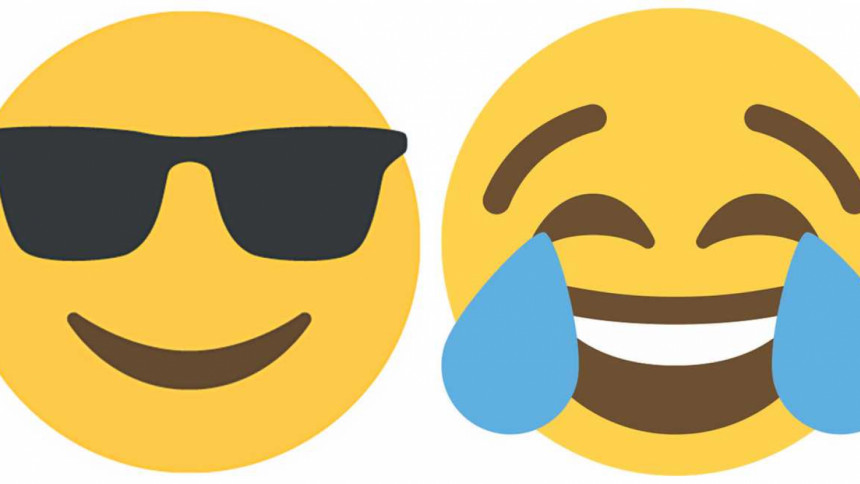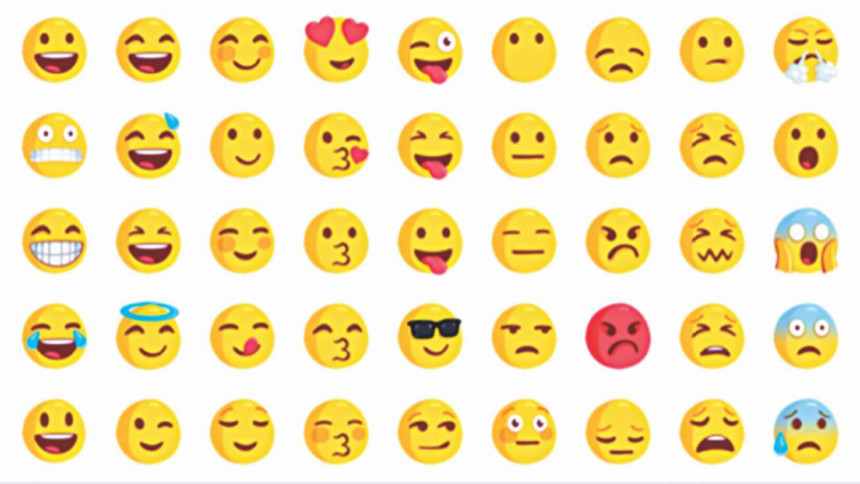The Rise of Emoticons and Emojis

In April 2015, the British tennis player, Andy Murray, married Kim Sears. Andy tweeted in celebration. The tweet was unusual. The whole wedding was portrayed in emojis. In November that year, The Oxford Dictionary of English unveiled their word of the year. The blockbuster word was more influential than Brexit. Surprisingly, it was that of a pictogram, emoji. Although this startled traditionalists, emoticons and emojis have been used in communication for longer than we would like to think.
In May 1967, The Reader's Digest published a story by Ralph Reppert. The story talks about Aunt Ev, the only person Ralph knows who uses symbols in her letters. One of those symbols is a tongue stuck in a cheek "---)". This went unnoticed. In September 1982, a Carnegie-Mellon professor of computer science, Scott Fahlman, created the first emoticon, "the Smiley :-)", using punctuation marks from the keyboard. This spread quickly because people found it useful in emails and paging. Emoticons added emotion to an expression.
As digital communication developed, so did its forms of expression. Shigetaka Kurita was working for the Japanese telecom NTT DoCoMo in the 1990s. Before mobile phones, people used pagers to send text messages like today's SMS. There was an upper limit (250 characters). Thus came the idea that an e-moji (Japanese for picture character) could be introduced to save space and be more expressive. Shigetaka created the first emojis for a Japanese audience. The first coloured emoji appeared in 1999, "the Yellow Smiley" as we know it today.

Today digital communication is incomplete without emoticons and emojis. There are probably two reasons behind their rise.
First: Digital communication isn't face-to-face.
To communicate, a language has to have a well-defined vocabulary (set of words). It then has to have a set of rules (grammar) through which the vocabulary can be moved around to express complex thoughts. When we make face-to-face communication, besides following words and sentences, we also observe the other person's intonation (the voice), facial expression, and body language. These expressions tell us the emotion of words and sentences. Look at the following sentence:
I'm not going to B's house.
If you can't observe the person's intonation, facial expression and body language, then it's difficult to know from this sentence on its own if the person is happy or sad on not going to B's house. Is the person embarrassed or shy for not going to B's house? If an appropriate emoji is put at the end, we could understand the actual emotion of the sentence when communication isn't face-to-face.
Second: In digital communication, time is of essence.
When time is precious, it's natural to abbreviate or codify words and phrases. If you thought LOL, OMG, BTW etc abbreviations are impressive, then you could do a Google search on 'Morse Code Abbreviations'. Samuel Morse was one of the people who invented the telegraph in the 1830s. Telegraph transmissions were based on the Morse Code which sent electronic pulses known as dots and dashes. Each letter and numeral had a particular code of dots and dashes. Sending telegraphic messages required trained people on both sides. Thus time and space were limited as they are with SMS (160 characters) and tweets (140 characters). As time passed, the Morse alphabet accumulated abbreviations like: ABT for about; PLS for please; 73 for best regards etc.
Most emoticons and emojis are universal because they transcend languages, but above all they illustrate the emotions of an expression in the digital world. It's natural that Andy Murray described his wedding story with emojis because Tweets have an upper limit of 140 characters. Murray also has fans who don't understand English.
With the rise of emoticons and emojis, you now see emoji keyboards, and moving emojis with your favourite characters. To keep up with the times, Sony Pictures is launching "The Emoji Movie" on July 28, 2017. Whether emoticons and emojis will become a language on their own is for time to speak. For the moment, one thing is for sure: emoticons and emojis are here to stay and become more and more a part of our lives.
Asrar Chowdhury teaches economic theory and game theory in the classroom. Outside he listens to music and BBC Radio; follows Test Cricket; and plays the flute. He can be reached at: asrar.chowdhury@facebook.com


 For all latest news, follow The Daily Star's Google News channel.
For all latest news, follow The Daily Star's Google News channel. 



Comments